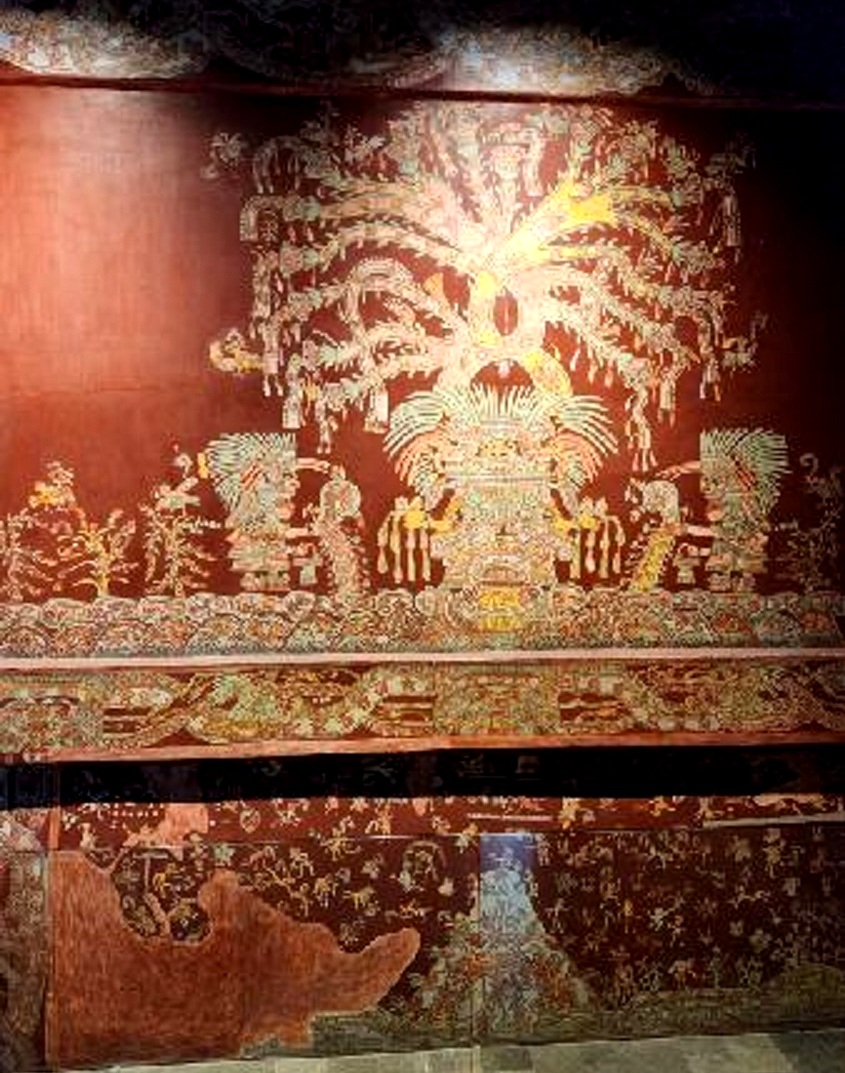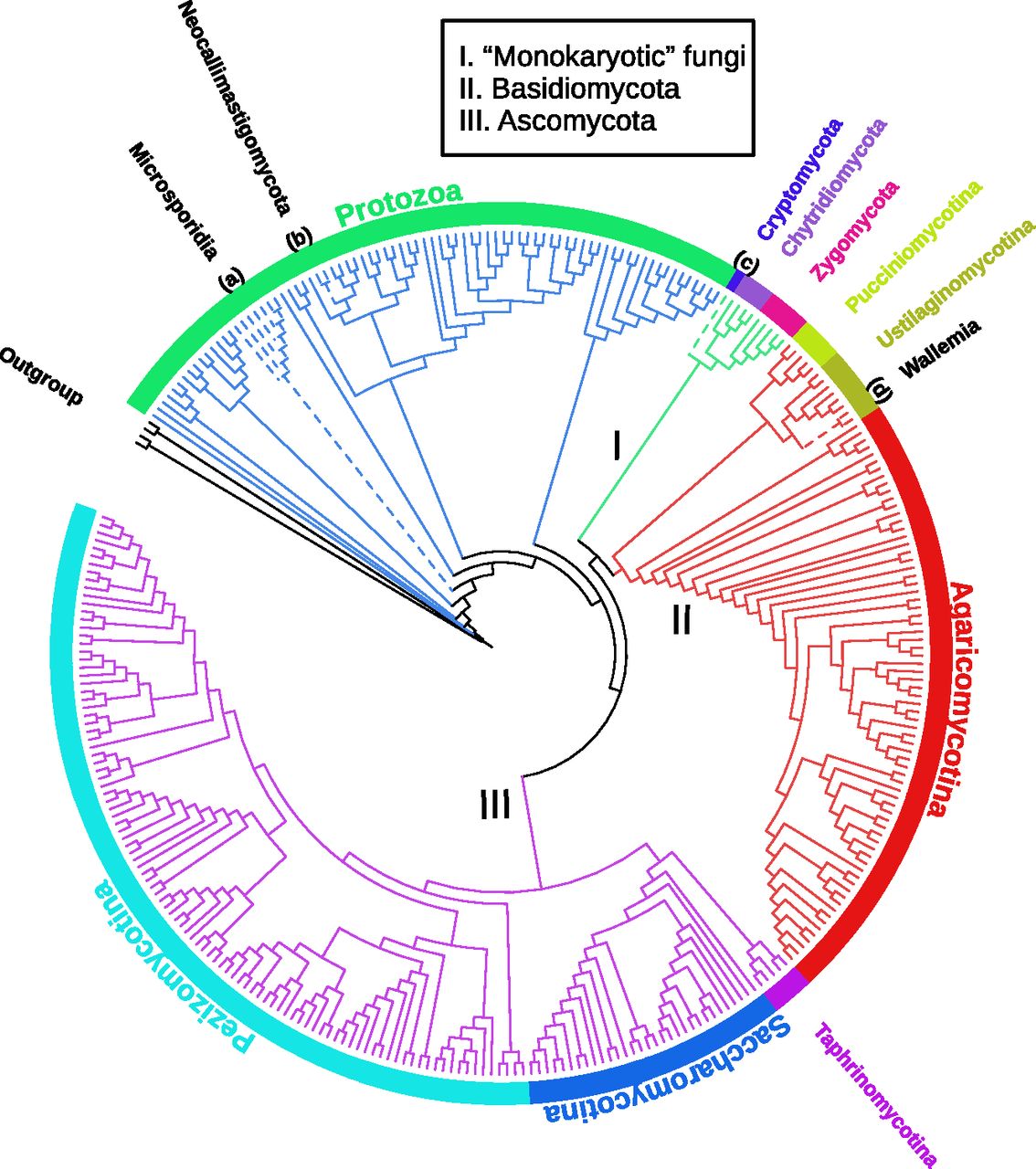Trees of Life Re-imagined
A Tree of Life from the Norse Sagas (credit: Wiki-commons)
In one form or another, a Tree of Life has been a vital symbol for representing cultures and religious traditions worldwide. From the ancient Chinese, Egyptians, the Norse, to the Celts, Jews, Christians, and Buddhists, even the Aztecs and Mayans, all of these different civilizations used 'trees' to tell an origin story. The arborial illustration can represent a life source; a physical or symbolic form that connects everything; a future of regeneration or rebirth; or the life and death of the biological cycle itself. Common features often include supernatural guardians who protect the trees or who acquire longevity when its fruit is eaten. Traditional and modern "trees of life" can be simple or elaborate and are often very beautiful considering whatever their real or imagined inspirations.


Mexico Tree of Life ca. 500 CE (credit: Jordan Anderson) Contemporary Tree of Life, Ireland (credit: Knight Woodcraft)
The biological sciences including evolution, speciation, ecology, and genetics are no exception to creating a 'tree of life' but these trees are as complicated to almost be impossible to comprehend. Compiling all living plants and animals to correctly illustrating their known evolutionary relationships has been like searching for the Holy Grail. It is a daunting task with new species being identifying every year around the world. Arranging them into a correct visual representation has been a gigantic challenge.
Investigators at the University of Michigan and colleagues elsewhere have published their new version in the Proceedings of the National Academy of Sciences (PNAS). Their studies applied an efficient and automated process to combine existing 'trees' into a graphic evolutionary assemblage. The online version is readily updated as new species are identified and genetic (DNA) data becomes available for digital comparison to the database. Their data visualization and related open-source information is available to download and the complete publication is available here.
Not to be left out of these biological map making efforts, botanical investigators at the Royal Botanic Gardens at Kew, along with plant scientists from around the globe, have also published a new map using the DNA from almost 10,000 plant species covering nearly 8,000 known genera of flowering plants, the Angiosperms. This remarkable genetic map expands the history of flowering plants, their evolution, relationships, and rise to dominate all the Earth's ecosystems. The results of this international study was published in Nature Magazine.


New Tree of Life Visualization (credit: PNAS) Botanical DNA relationship visualization (credit: Kew Gardens)
A video explains the utility of the University of Michigan's new 'tree of life' construct. It is a fitting companion to traditional depictions of life garnered from ancient history to the present day. Where do you see yourself fitting on the tree? WHB